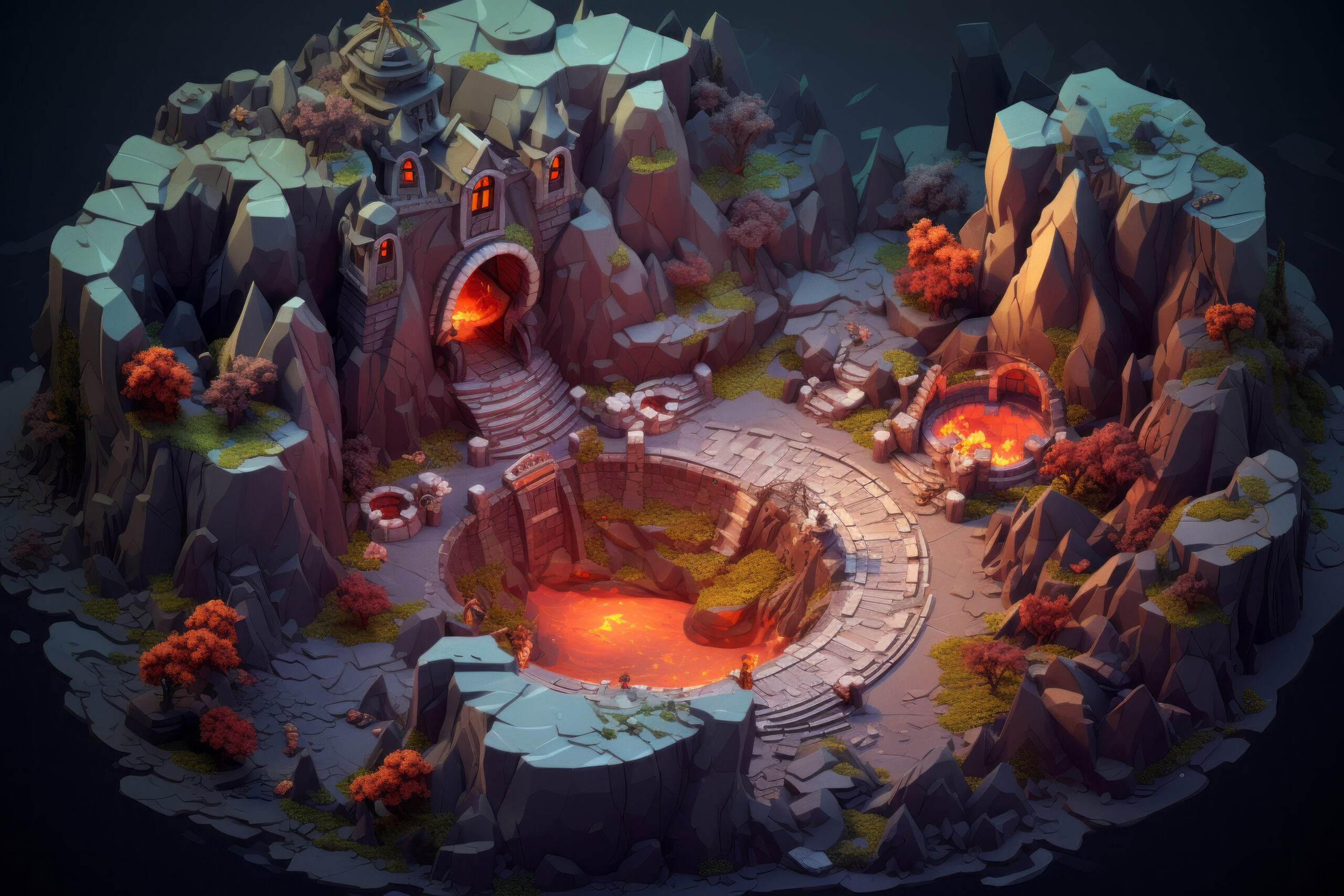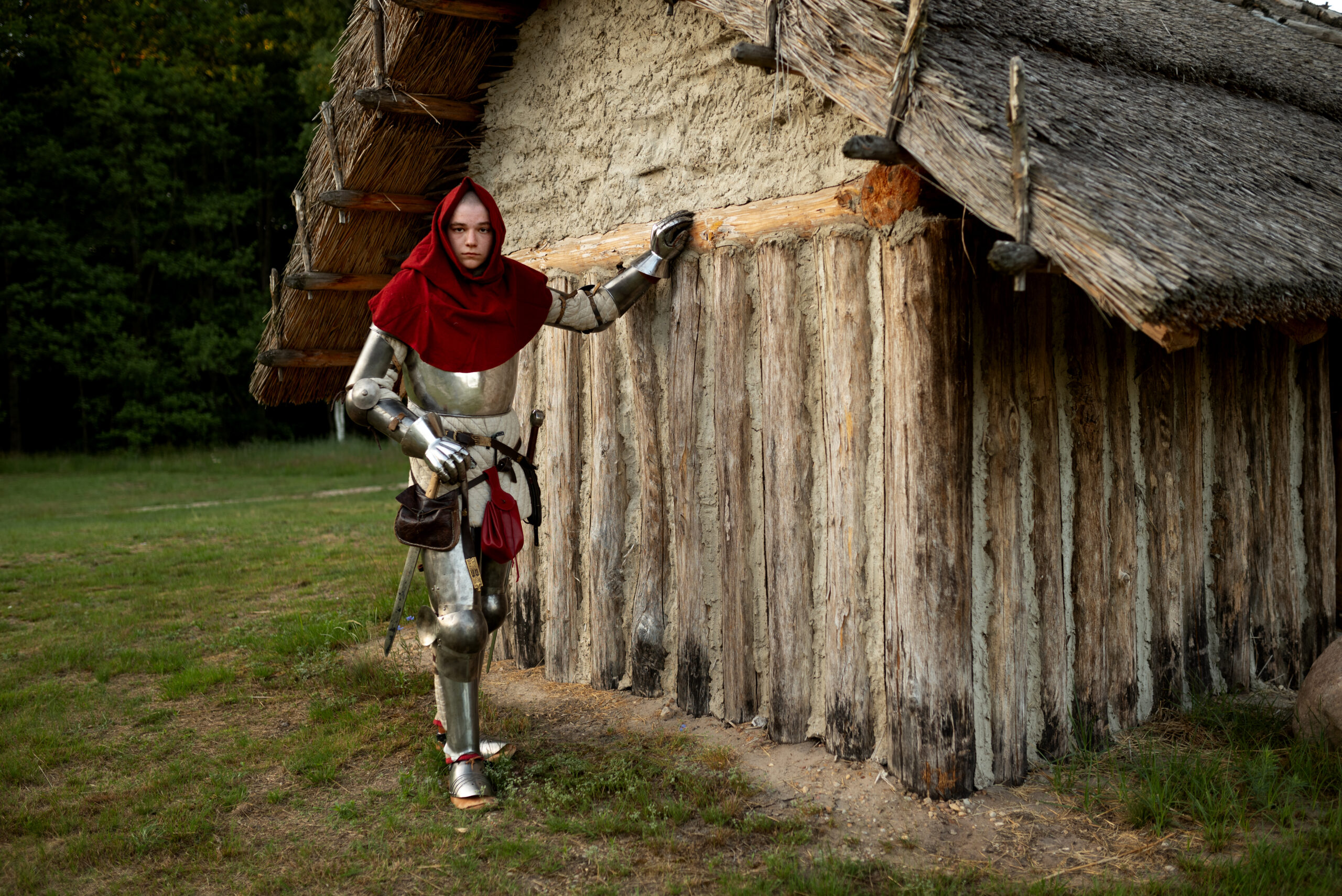
Tabletop Miniatures: A Beginner’s Guide to Collecting and Painting
Tabletop miniatures are the heart of many wargames, board games, and RPGs, bringing immersive battles and storytelling to life. Whether you’re interested in fantasy warfare, sci-fi skirmishes, or historical battles, collecting and painting miniatures is a rewarding hobby. In this guide, we’ll explore how to get started, from choosing your first miniatures to painting them with stunning details.
Choosing Your First Miniatures
When starting out, it’s important to pick a game or theme that excites you. Popular tabletop miniature games include Warhammer 40K, Age of Sigmar, and Star Wars: Legion. If you prefer historical settings, games like Bolt Action and Flames of War offer realistic World War II battles. RPG players might focus on Dungeons & Dragons miniatures to bring their campaigns to life.
The Basics of Miniature Painting
Painting miniatures is an art that requires patience and practice. The key steps include priming your model, applying base colors, shading for depth, and highlighting to bring out details. Many beginners start with contrast paints, which help create natural shadows and highlights quickly. Over time, you can experiment with techniques like dry brushing, layering, and weathering effects to achieve professional-looking results.
Essential Tools and Supplies
To get started with painting miniatures, you’ll need some basic supplies:
- Miniature paints: Acrylic paints designed for models (e.g., Citadel, Vallejo, Army Painter).
- Brushes: A variety of fine brushes for detailing and layering.
- Primer: A spray or brush-on base coat that helps paint stick to the model.
- Palette: A wet palette keeps your paints from drying out too quickly.
- Lighting and magnification: Good lighting and a magnifier help with fine details.
With the right tools and practice, painting miniatures can become a fun and fulfilling creative outlet.

